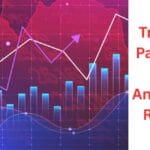Table of Contents
What is macroeconomics?
Macroeconomics is that branch of economics that studies the economy as a whole, which is in contrast to microeconomics, which talks about one consumer and one producer at a time. It looks at macroeconomic variables, including GDP, unemployment, inflation, and economic growth. By understanding the concepts related to these macro variables, you can predict and comprehend economic patterns, create stabilizing policies, and accomplish more general social objectives like stable pricing and full employment. Here, in this article, you will find the best macroeconomic books with their respective links that will help you lay a strong foundation in economics.
Best macroeconomics books
Advanced Macroeconomics by David Romer
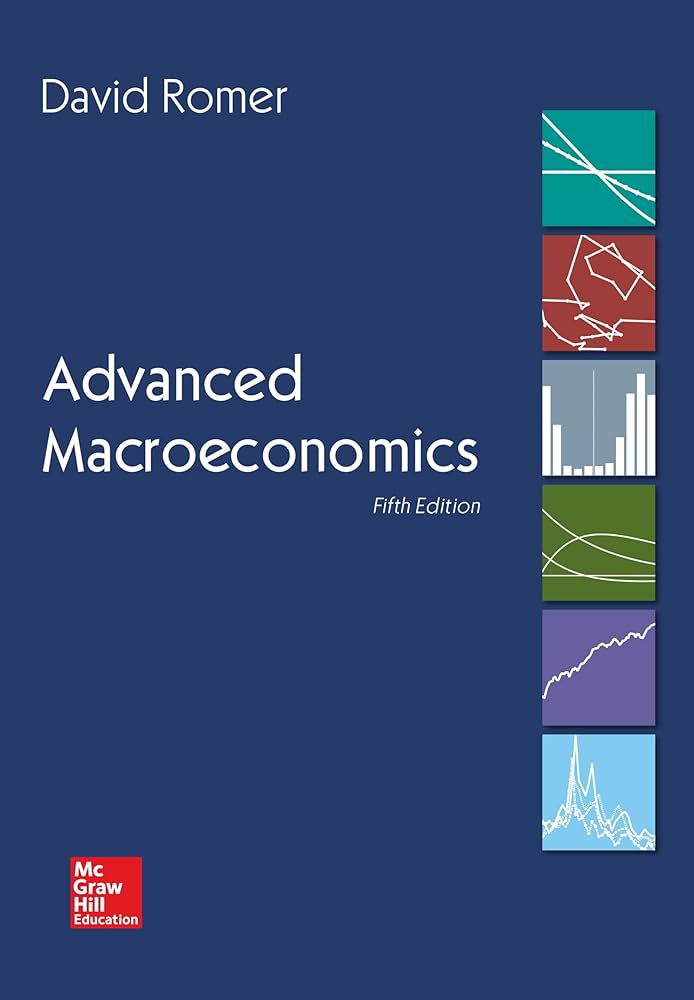
Book review and key highlights:
The title doesn’t lie. This is a high-level text that covers macroeconomic models for economic growth and fiscal and monetary policy. Romer has a background in physics and focuses primarily on mathematical models. A solid background in algebra, calculus, probability, and statistics is necessary to grasp about 80% of the text.
Romer assumes a great deal of prior knowledge of both mathematical and economic concepts. This text is extremely comprehensive and incorporates research from various schools of economic thought, including new Keynesian, neoclassical, and monetarist perspectives. Romer is extremely thorough with each concept and includes copious references to papers, making this an excellent research tool.
This recently released 5th edition covers new concepts, such as how economists’ perspectives of the zero lower bound have changed, and cites many recent studies that challenge and expand on more fundamental concepts.
Also, you may read Best accounting books for your small business
Macroeconomics, by Oliver J. Blanchard

Book review and key highlights:
This textbook has been a wonderful introduction to the commonly used IS/LM and AS/AD models so far, and its text explains lucidly the minutiae of the model. In turn, the model provides a textual framework with which to understand the economy.
A canonical textbook that is probably one of the best out there on the subject. The author elucidates all relevant concepts with a clarity that makes the materials so transparent to beginners, but also with insights that really help readers connect theories and concepts to what they read in the news every day. The recent editions of this textbook have been great at explaining intricacies and providing economic insight through a conversational approach. It feels a bit neoclassical, but no other general macro textbook seems to stand up to it, particularly with no heterodox alternatives to balance and/or merge schools of thought.
Macroeconomics by N. Gregory Mankiw
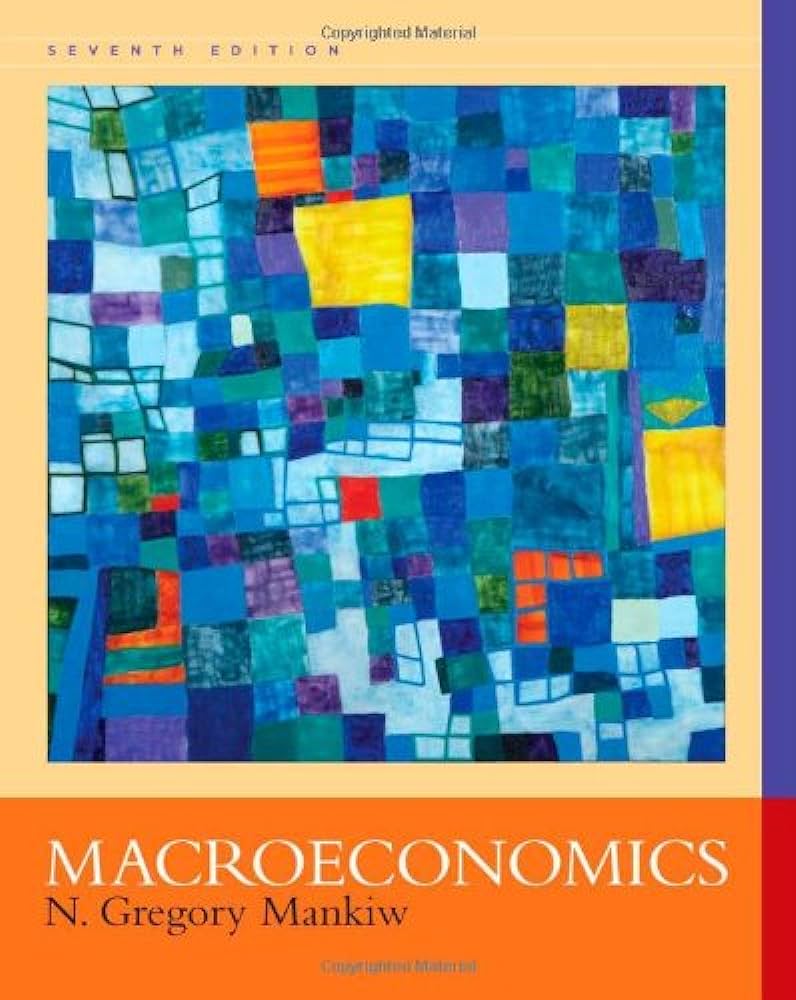
Book review and key highlights:
This book offers a very good introduction to macroeconomics; everything is exemplified and explained in a very straightforward way. It does cover much of macroeconomics and covers it with mathematical formulas. This book would be perfect for a university student or someone who likes math. This is also a good book for the student who wants a very easy introduction to his field. Very precise and easy to read. The book is about beginning- to intermediate-level macroeconomics. It covers all the major topics in the field. The case studies are very useful. The explanations are very good. Mankiw’s macroeconomics is succinct and well organized. It is an easy read for someone who has no financial background.
Also, you may read Top 5 International Business Books you must read – important
The Return of Depression Economics and the Crisis of 2008 by Paul Krugman
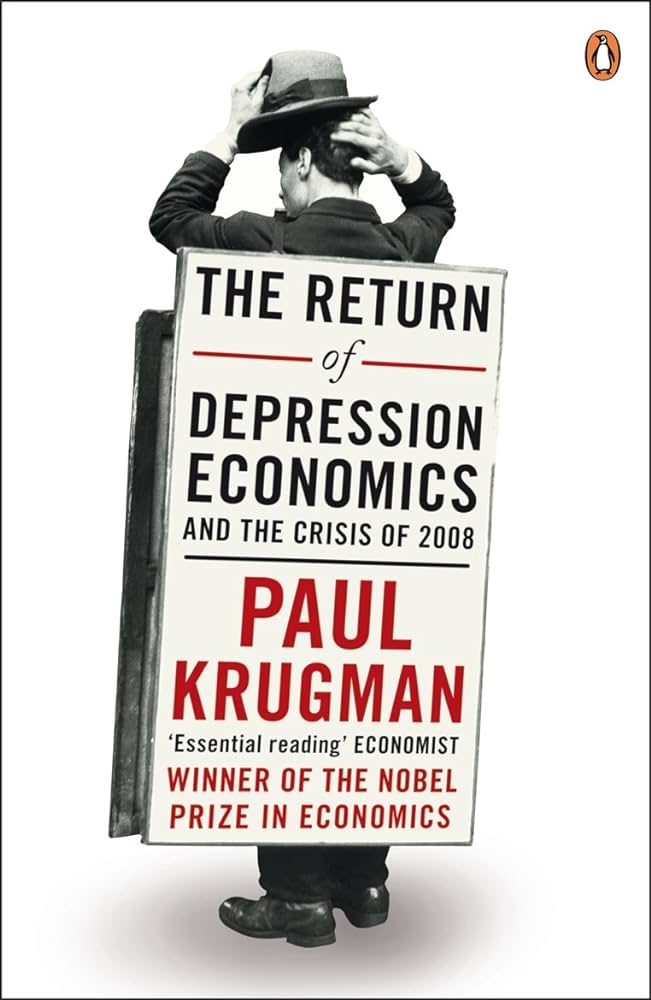
Book review and key highlights:
“The Return of Depression Economics and the Crisis of 2008” by Paul Krugman, recipient of the 2008 Nobel Prize in Economics, revisits the crises of mid-90’s Mexico (aka. The Tequila Crisis), 97-98 Asian markets, the 2000 US market, the 2002 Argentina crash, and the recent 2007/8 US and world market collapse. Most of these crashes can be attributed to situations where the markets distance themselves too far from market fundamentals.
Unregulated activity and financial loopholes allow some speculators to take advantage of many situations. In the case of Britain in 1992, George Soros was able to net a cool 1 billion dollars in a short amount of time, merely by provoking the GBP to deflate. The most interesting parts of the book relate to the need to re-regulate the financial system. When capitalism is booming, there is a general desire among capitalists to get rid of all regulations. However, it is precisely this removal of regulations that sets up the Ponzi schemes that inevitably lead to bubbles and, in turn, crashes.
Macroeconomics by Rudiger Dornbusch
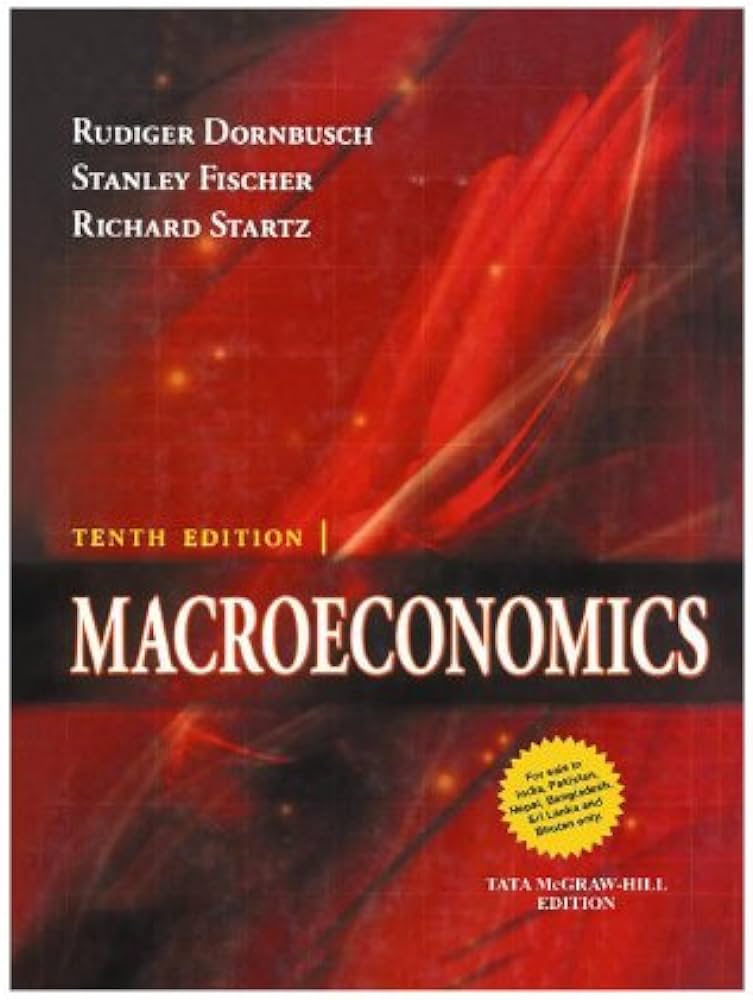
Book review and key highlights:
The trio has done a perfect job of taking the discourse of macroeconomics from the pages of textbooks to common life. They have done a pretty good job of dealing with macroeconomic theories with the help of updated data and easy-to-understand graphs. The book is characterized by a very vivid style of writing and good logic. It uses only basic math, so the book should be just fine for both basic and intermediate macro. This is a very basic and fundamental work for everyone who is interested in macroeconomics. Narration is more object-oriented than subjective. It is certainly not textbook-type work, so everyone can go through it irrespective of their background.
Also, you may read 5 must read popular econometrics books
Conclusion
To sum up, the top books on macroeconomics provide an important understanding of intricate economic theories and their practical applications. These publications provide readers with a comprehensive understanding of macroeconomic topics, whether they are discussing the principles of fiscal policy, monetary policy, or economic growth. Readers acquire the knowledge necessary to navigate and appreciate the complexities of national and global economies by studying a variety of perspectives and historical settings. This equips students to make educated judgments in a variety of economic environments.
Frequently Asked Questions
What is the difference between microeconomics and macroeconomics?
In microeconomics, choices about pricing, market behavior, and resource allocation are analyzed for both individual economic agents and particular marketplaces. Examining more general phenomena such as national income, inflation, unemployment, and economic growth as well as policies influencing general economic stability and growth, macroeconomics focuses on the economy as a whole.
What are the two best macroeconomics books available on Amazon?
Two highly regarded macroeconomics books available on Amazon are:
- Macroeconomics by N. Gregory Mankiw
- Advanced Macroeconomics by David Romer
Both of these books are widely used textbooks, offering clear explanations of macroeconomic principles and their real-world applications.





